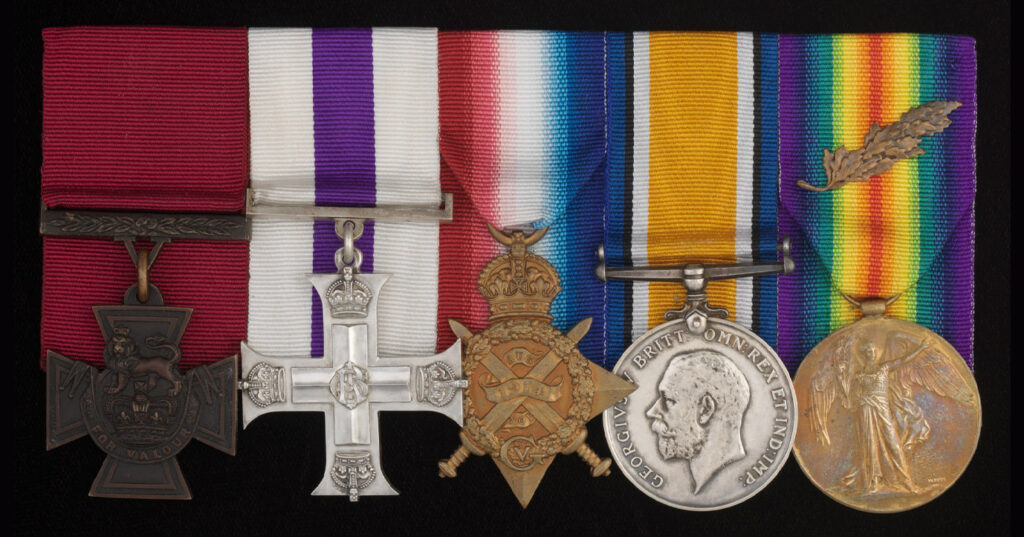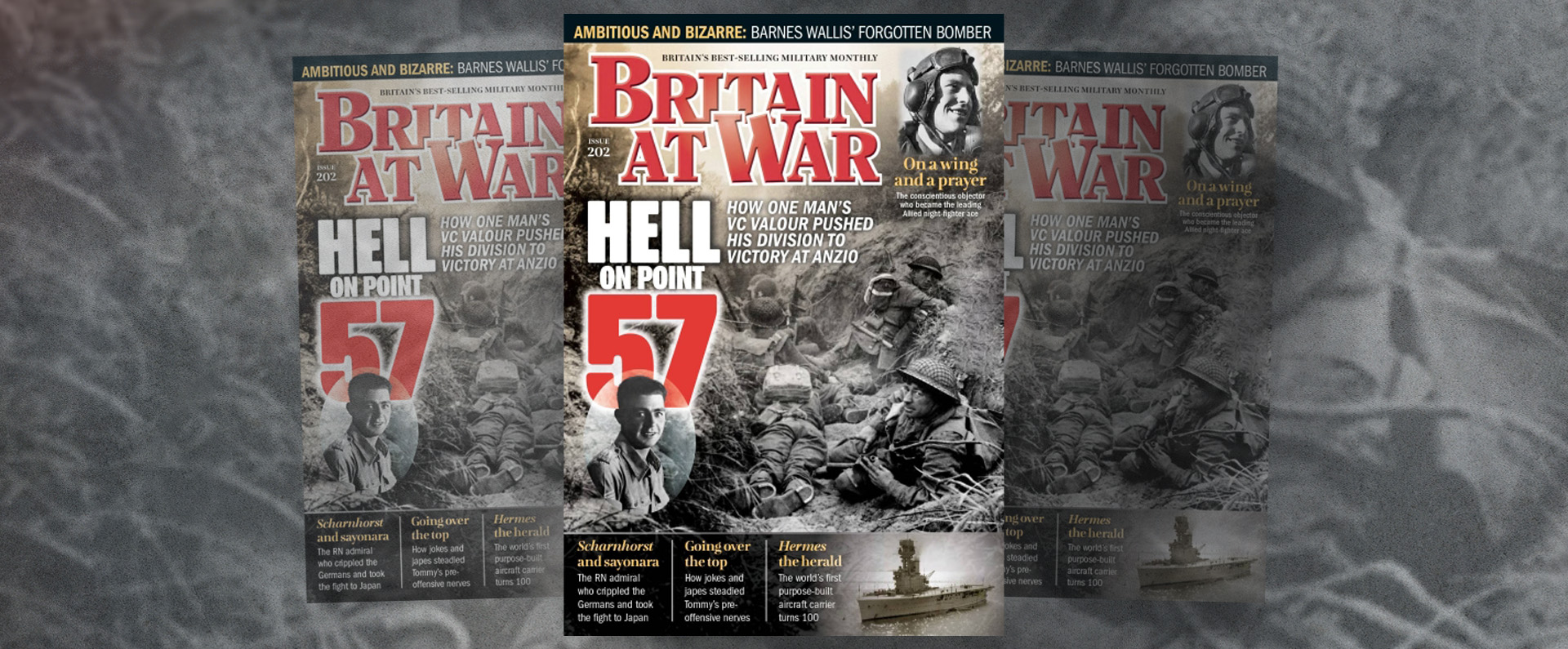
Lord Ashcroft KCMG PC has two major articles on bravery in the latest issue of Britain at War, the country’s best-selling military history monthly magazine.
The August edition of the magazine carries a 4,000-word, nine-page article based on Lord Ashcroft’s exclusive interview with Eric Garland, who served throughout the Second World War and received three decorations for his bravery and service.
Garland, now 95 and living on the Isle of Man, has never given a media interview before about his wartime exploits and he insists that this will be his only one.
As a young officer, Garland was initially decorated with the Military Cross (MC) for rescuing three men during the retreat to Dunkirk in the spring of 1940. His courage was publicly recognised again, with a Bar to his MC, less than a year later for his part in the famous Litani River Raid, during which he fought a “duel” with a sniper and was the first man to cross the river.
Next, he joined the RAF to satisfy his desire to be a fighter pilot, but his Spitfire was shot down over enemy-controlled Italy in May 1944. For lesser men, being seriously wounded and a Prisoner of War (PoW) would have been a respectable end to their part in the war.
Garland, however, simply saw it as a new challenge: he escaped from a hospital train bound for Germany, evaded capture for five months, fought with the Italian partisans and, eventually, returned to Allied lines in early 1945. For this gallantry, he was awarded an MBE.
In his regular “hero of the month” feature, Lord Ashcroft writes about the gallantry of Captain John Aidan Liddell, who was awarded both the Victoria Cross (VC) and the Military Cross (MC) for his exploits during the First World War.
Liddell was awarded his MC for bravery with the Machine-Gun Section before being transferred to the Royal Flying Corps, the forerunner to the RAF.
His VC was awarded for bravery after his aircraft was shot up by an enemy plane, seriously injuring Liddell, who for a time fell unconscious. After coming round, he saved his R.E.5 from crashing and then flew his damaged aircraft back to Allied lines.
Liddell contracted septicaemia that resulted in him having a leg amputated. He died, aged 27, from his severe injuries on August 31, 1915, eight days after his VC had been announced.
- Lord Ashcroft’s two articles appear in the August issue of Britain at War which is on sale now.



